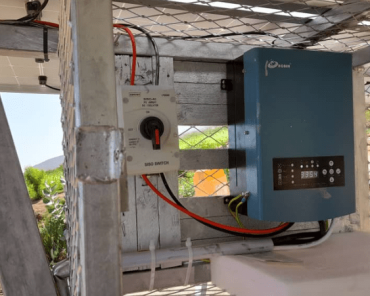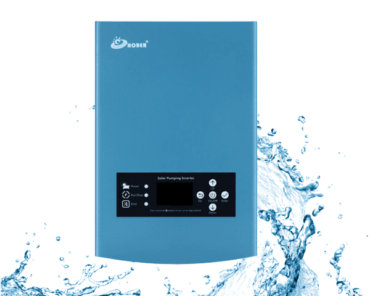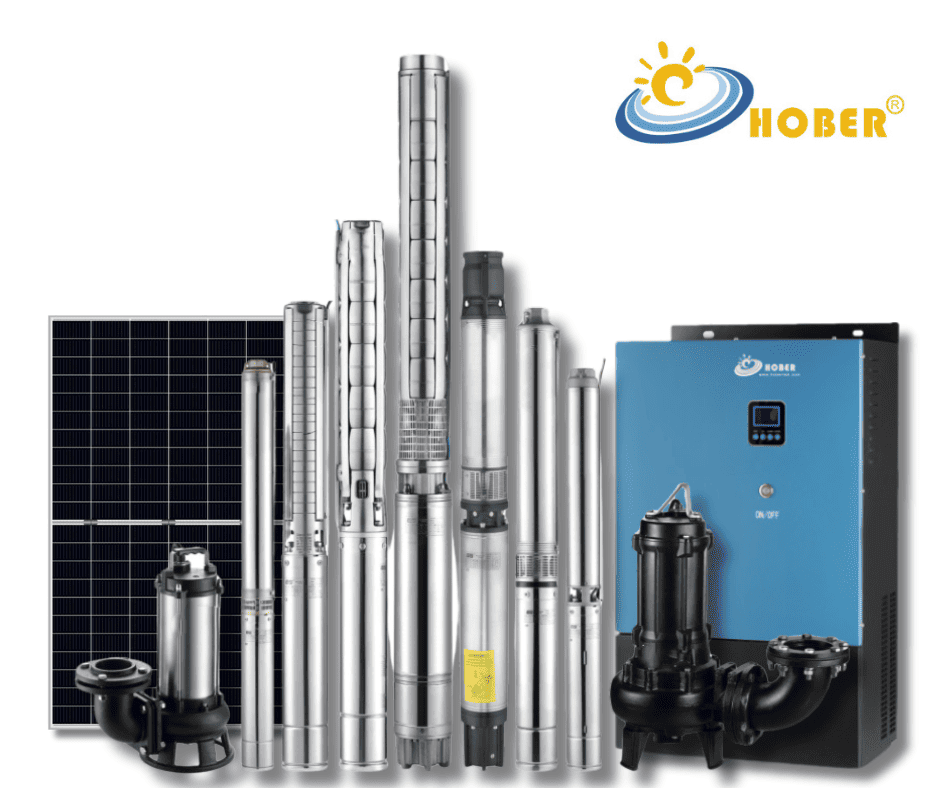In an era where sustainability is not just a choice but a necessity, the shift from conventional AC-powered pumps to solar water pumps is a critical evolution for industries and communities alike. Solar water pump systems are a beacon of innovation, offering a harmonious blend of energy efficiency, cost-effectiveness, and environmental stewardship. This comprehensive guide delves into the transformative journey of integrating solar technology into water pumping systems, paving the way for a greener future.
The Imperative for Solar Water Pump Inverters
The core component that facilitates the conversion of AC-powered pumps to solar-enabled systems is the solar water pump inverter. This pivotal device ensures that the variable direct current (DC) harnessed from solar panels is converted into a stable alternating current (AC) to drive the pump. The inverter stands as the heart of the conversion process, embodying the innovation that allows traditional pumps to operate seamlessly with solar energy.
Selecting the Right Solar Inverter for Your Pump
When embarking on the transition to solar-powered pumps, choosing the right inverter is paramount. The inverter must not only match the power requirements of the existing pump but also maximize the efficiency of the solar panels. A high-quality solar water pump inverter ensures that even during periods of variable sunlight, the pump maintains consistent operation, safeguarding water supply for agricultural, industrial, or community needs.
Integration Techniques for Optimal Performance
Integrating solar technology into an existing water pumping system requires meticulous planning and execution. The process involves:
- Assessing Solar Potential: Evaluating the geographical location to determine the average solar irradiance levels, which dictate the size and number of solar panels required.
- System Sizing: Calculating the total power output needed not only for the pump but also accounting for inverter efficiency and potential energy losses.
- Installation Best Practices: Ensuring that solar panels are positioned for maximum sun exposure throughout the year and that inverters are protected from environmental factors.
Advantages of Solar-Powered Water Pumps
The benefits of converting to solar water pumps are manifold:
- Reduced Operational Costs: Solar energy, once harnessed, incurs no fuel costs, unlike diesel-powered pumps, leading to substantial savings.
- Low Maintenance: Solar water pump systems have fewer moving parts compared to traditional systems, which translates to lower maintenance needs and costs.
- Sustainability: By using a renewable energy source, solar pumps reduce carbon emissions and contribute to a healthier environment.
Applications Across Sectors
Solar water pumps are versatile and can be employed in various sectors:
- Agriculture: Facilitates irrigation in remote locations, supporting sustainable farming practices.
- Drinking Water Supply: Ensures a consistent water supply for communities, particularly in areas without access to the electrical grid.
- Industrial: Provides a cost-effective and eco-friendly water supply solution for industries looking to reduce their carbon footprint.
Challenges and Solutions
While the transition to solar water pumps is beneficial, it does come with its set of challenges:
- Initial Investment: The upfront cost of solar panels and inverters can be significant, but various financing options and government subsidies can alleviate this.
- Technical Expertise: Installation and maintenance require skilled technicians; however, manufacturers and distributors often provide training and support.
Future Prospects and Innovations
The future of solar water pumps is bright, with ongoing advancements in photovoltaic technology and inverter efficiency set to make these systems even more accessible and reliable. Innovations in battery storage are also enhancing the capability to store excess solar energy for use during non-sunlight hours, ensuring a consistent water supply.
Conclusion
The transformation of AC-powered pumps into efficient solar water pumps is not just a technological upgrade; it’s a step towards a sustainable and cost-effective future. By harnessing the power of the sun, industries, and communities can ensure a reliable water supply while contributing to the global effort to combat climate change.

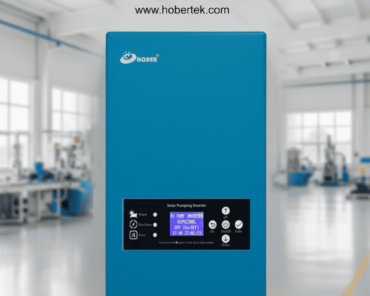
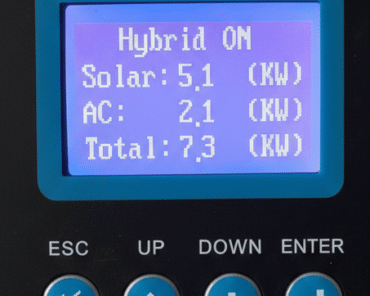

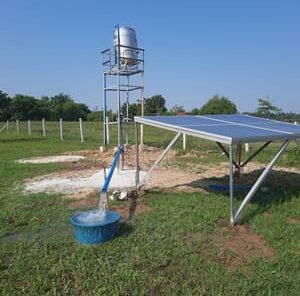
](https://hobertek.com/wp-content/uploads/2025/03/solar-pump-inverter-for-irrigation-efficient-water-pumping-solution-370x296.png)
